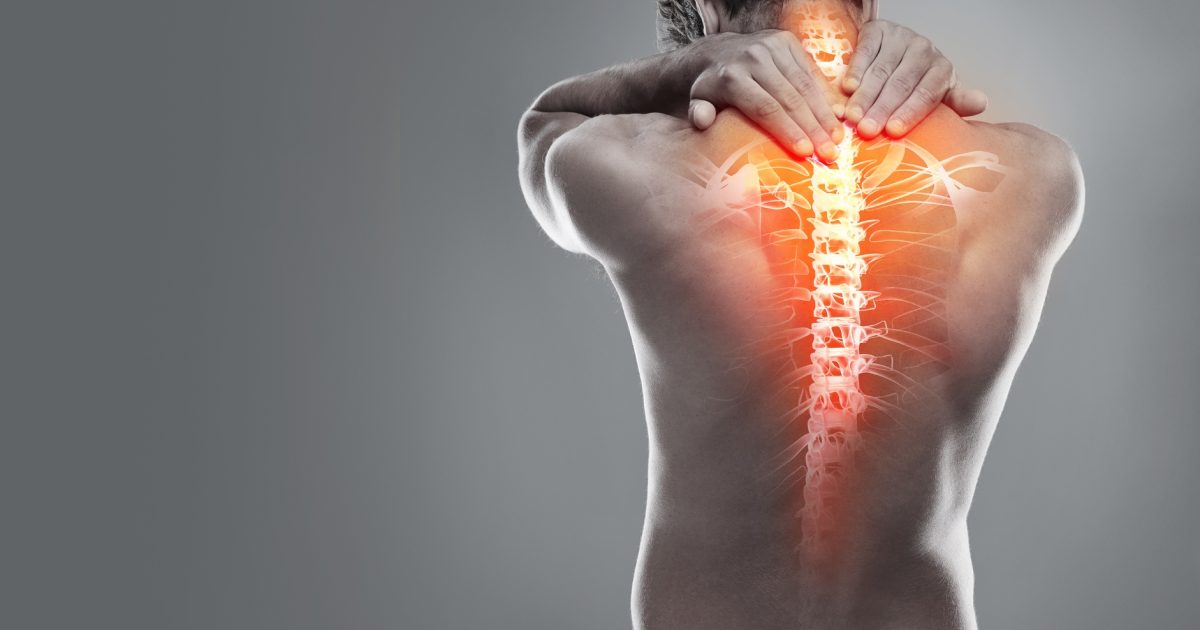Common Causes Of Periodic Limb Movement Disorder
Spinal Cord Injury

Some research has suggested spinal cord injuries may be associated with the development of secondary periodic limb movement disorder for certain patients. Spinal cord injuries can take a variety of forms, and doctors normally categorize these injuries as either complete or incomplete. Complete injuries of the spinal cord result in permanent damage to the spine, and this causes paralysis. Incomplete spinal injuries result in only partial damage to the area, and patients may still be able to move and recover from these injuries. Periodic limb movement disorder related to a spinal cord injury develops after an incomplete spinal injury. In addition to the involuntary movements associated with this condition, patients with incomplete spinal cord injuries may also experience pain, exaggerated reflexes, an inability to feel touch or temperature changes, bladder or bowel incontinence, and breathing difficulties. Doctors assess the severity of spinal cord injuries with a neurological exam and imaging studies. Medication, surgery, and physical therapy may be appropriate for patients with these injuries, and doctors will discuss the most effective treatment options at each stage of the patient's recovery.
Get more details on causes of periodic limb disorder now.